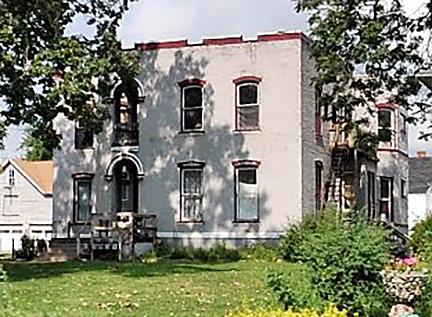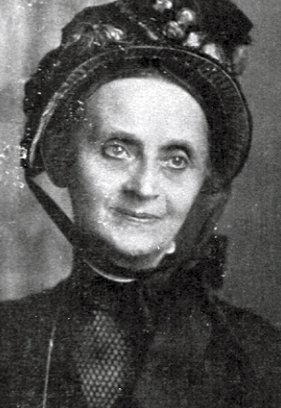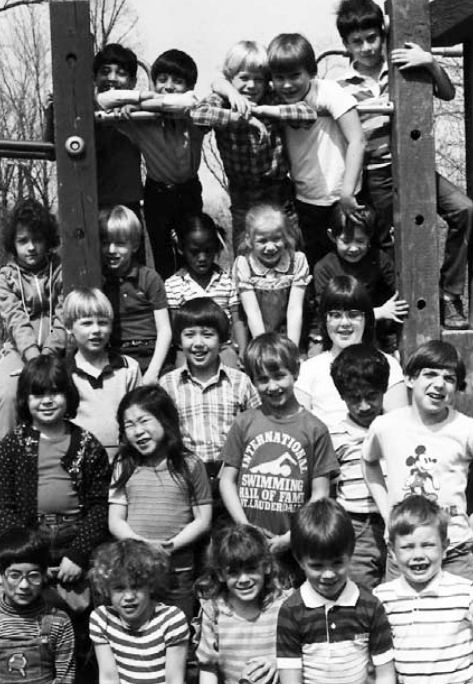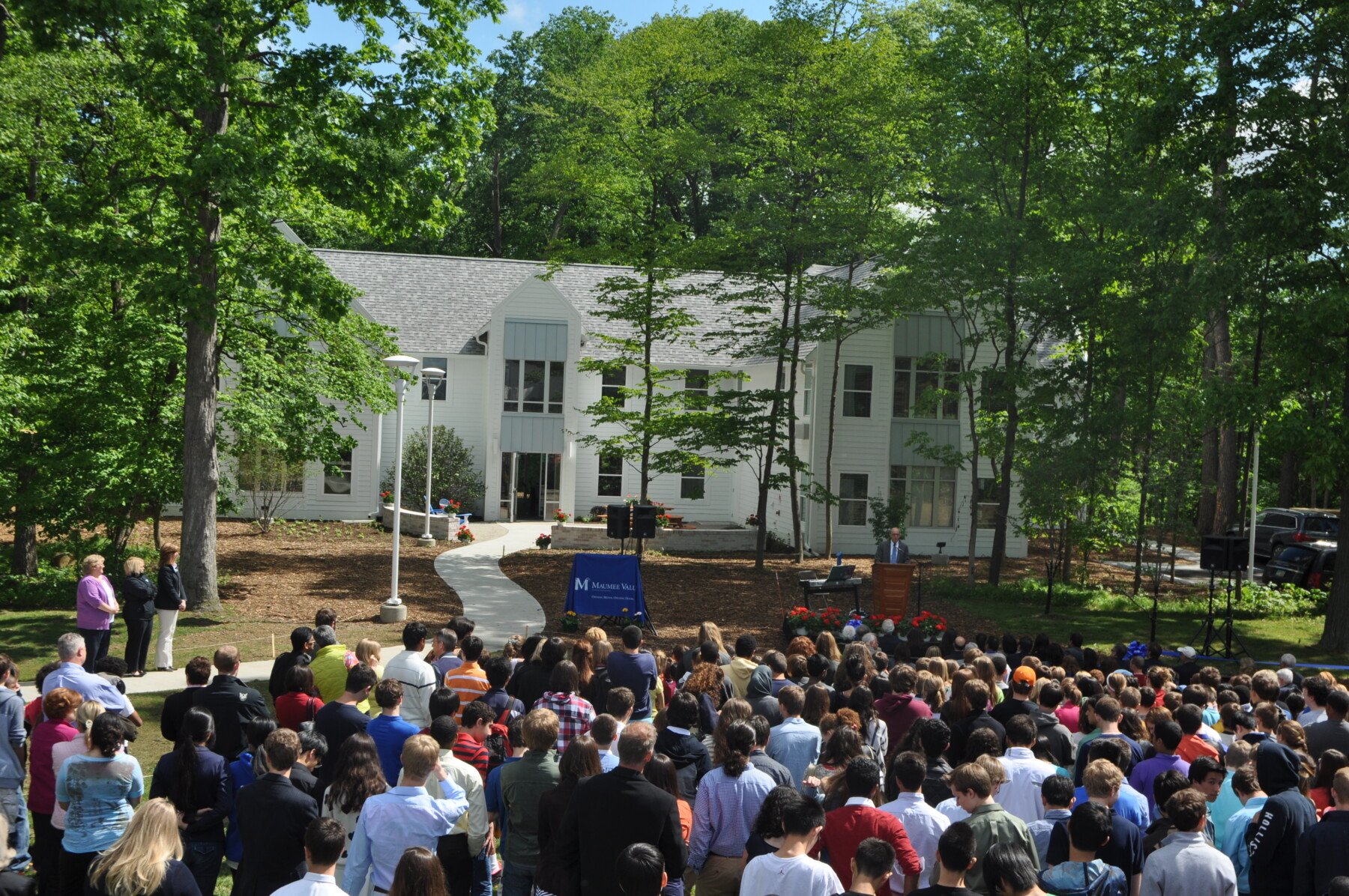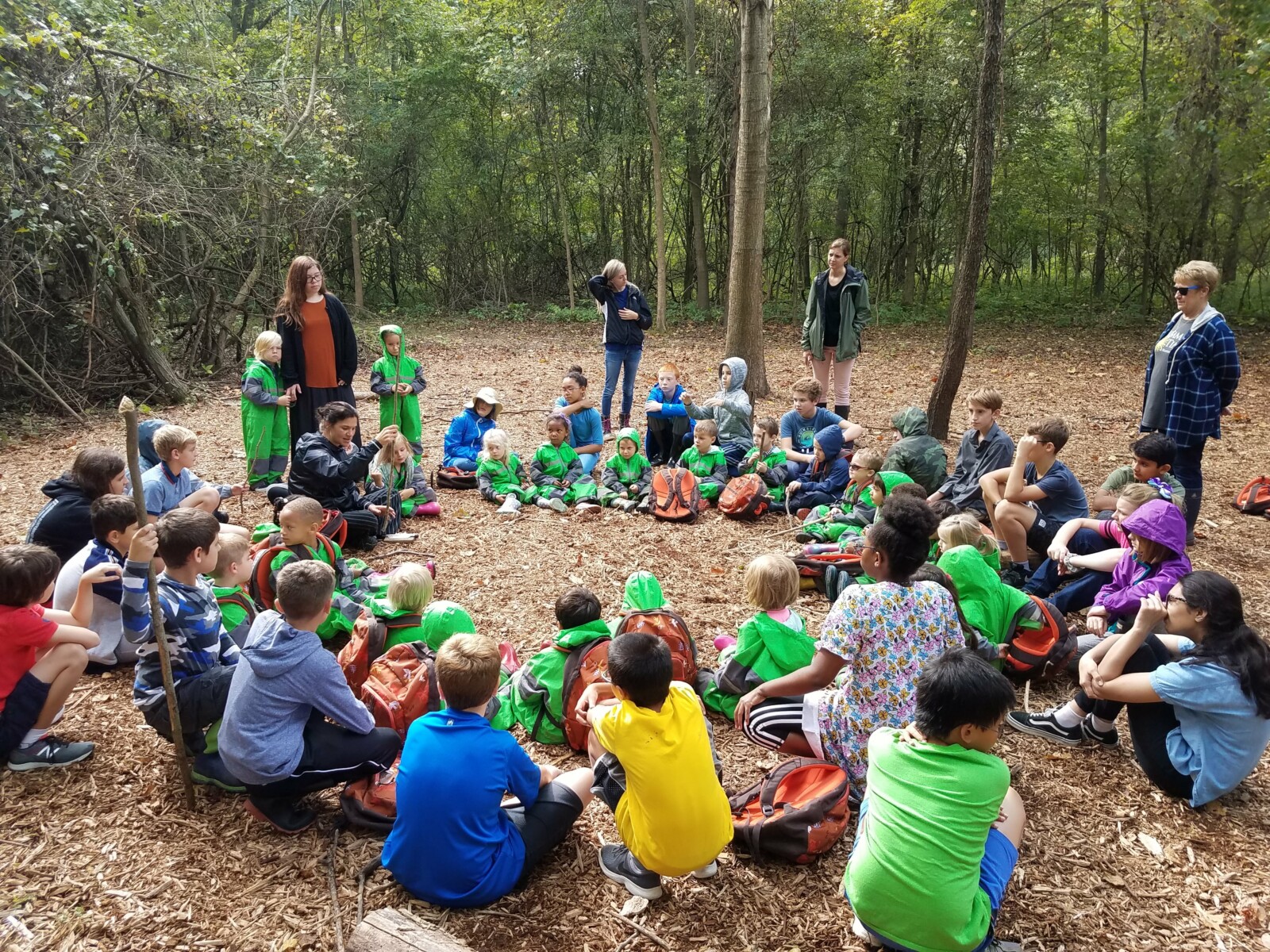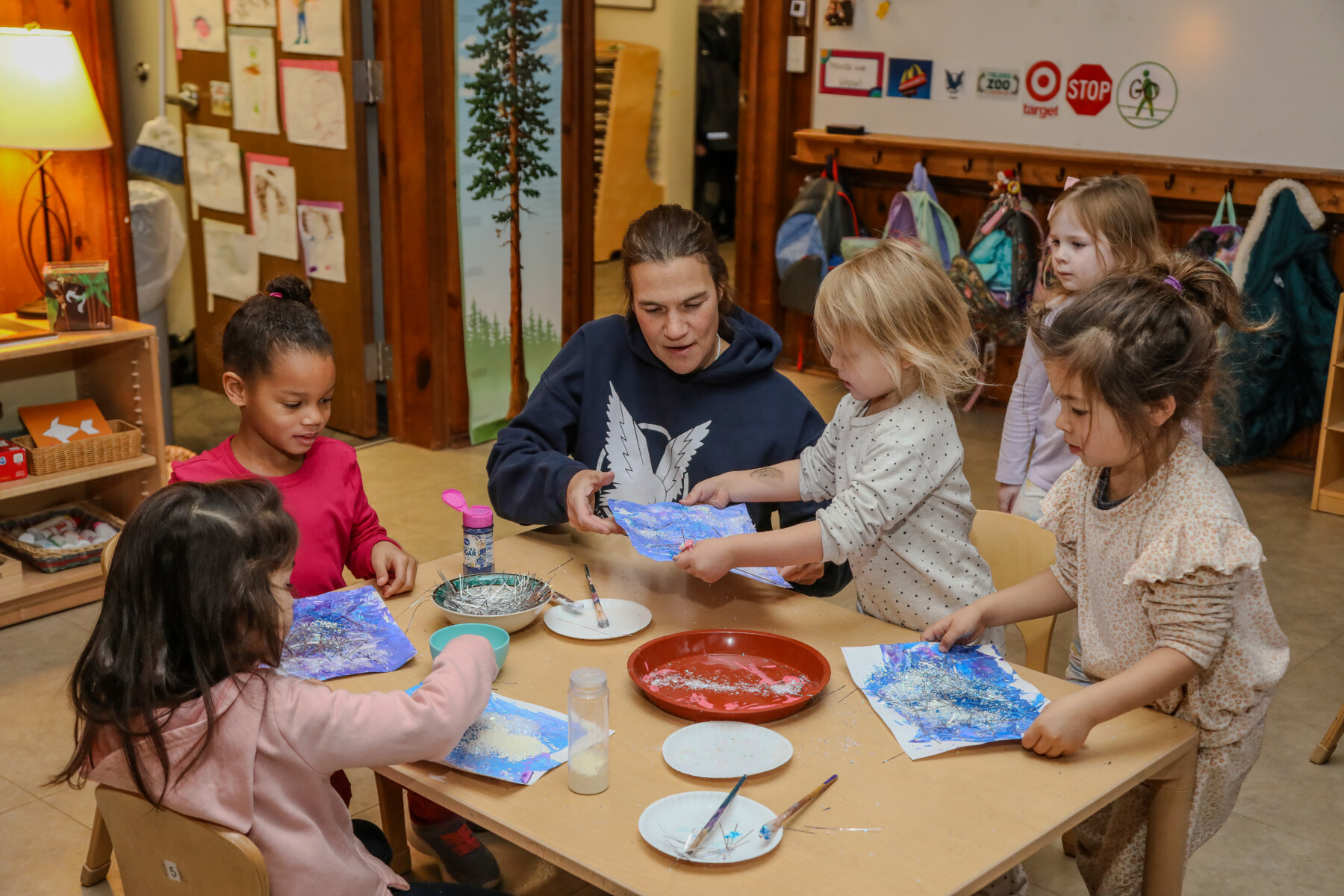History
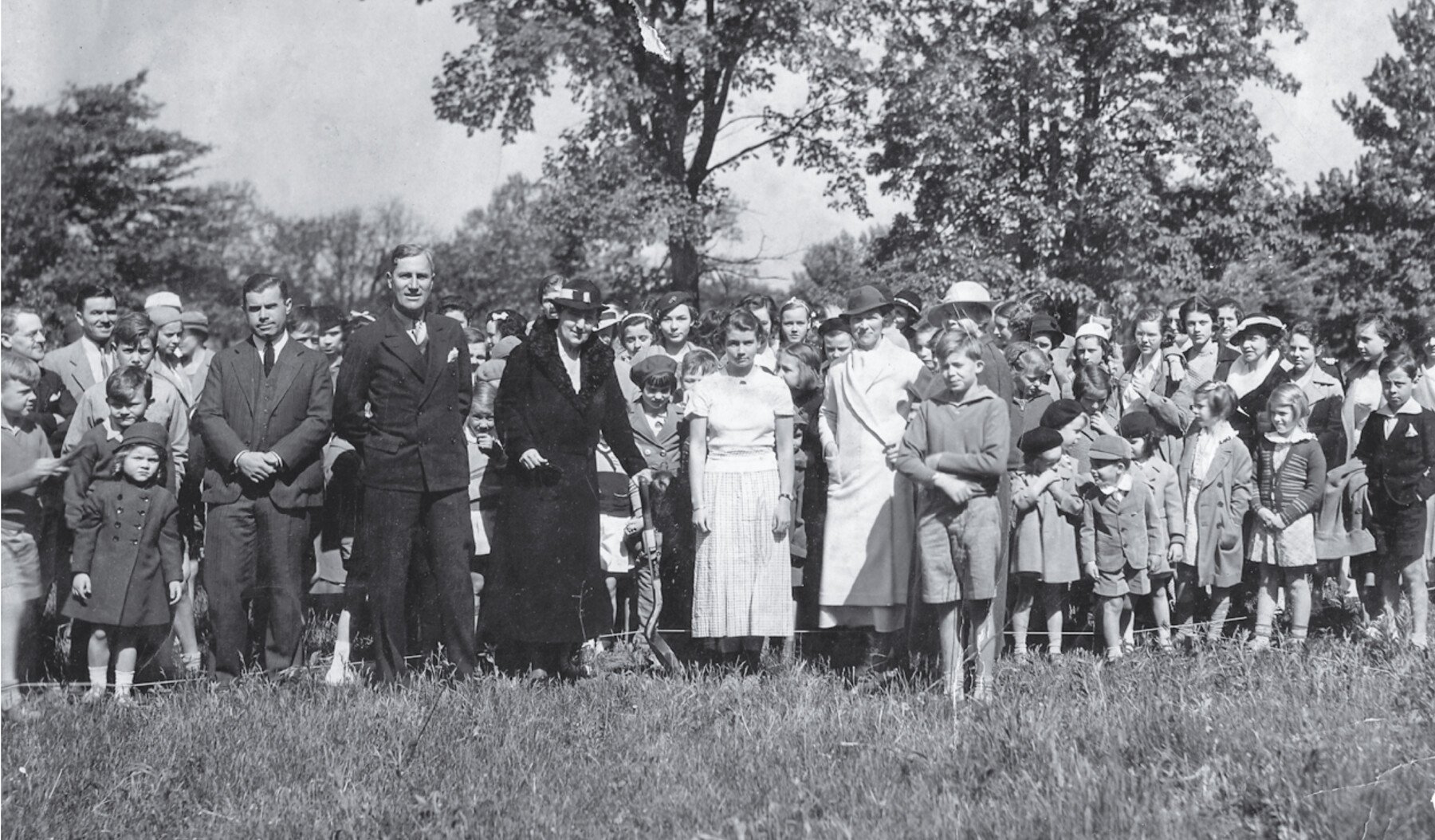
A legacy of innovation and firsts
For 140 years, Maumee Valley Country Day School has been one of Northwest Ohio’s greattreasures. Nestled on over 75-acres of wooded property, we are an anchor institution in the Toledo region, surpassing in age The Toledo Zoo, The Toledo Museum of Art, Metroparks Toledo, and yes, the Toledo Mud Hens.
Originally founded in western New York as Mrs. William G. Bryan’s Seminary, a highly regarded finishing and boarding school for girls, it moved to Toledo in 1884 and became The Smead School for Girls.
While Maumee Valley Country Day School is rich in tradition, our history is anything but traditional. In fact, a chronicle of our key milestones reads like a record of “firsts.” It’s precisely this progressive approach that remains our compass today, continually guiding us even as we explore new and unique ways to educate and inspire. Here are some of the key dates in our history.
1842
Ruth Beardsley opens a select day school for young ladies in Batavia, NY.
1848
In May 1848, Miss Beardsley married William A, Bryan and she and her husband changed the facility to a boarding school, known as Bryan’s Seminary. Among the local girls attending are sisters Marina and Mary Smead.
1879
The Smead sisters assume full responsibility of the boarding school from Miss Bryan. The school’s reputation draws the attention of several prominent local families, who eventually ask the sisters to move the school to Toledo, then the nation’s 35th-largest city with more than 50,000 residents.
1884
The school opens in September 1884 at 1983 N. Summit St. with 35 students and eight faculty. It is renamed The Smead School for Girls (a third Smead sister, Caroline, is a new addition to the team).
1887
The growing school relocates to Woodruff Avenue and into a dedicated classroom building, with space for a kindergarten, dining hall, administrative offices, as well as a place for school plays, dances, and luncheons. The sisters’ home became a residence for some faculty
1893-1909
The school becomes the first in Toledo to be accredited by the North Central Association of Colleges and Secondary Schools.
1911-13
The school becomes a non-profit corporation, establishes a board of trustees, and is divided into Montessori (preschool), primary, intermediate, and high school departments. The school is the first in the country to incorporate Montessori school principles into an existing school. Boys are allowed for the first time in younger levels.
1929-30
Leslie Leland, the new head of school, transforms Smead School into one of the first country day schools in Ohio. The board purchases 27 wooded acres on Reynolds Road, which is seen as the most significant turning point in the school’s history.
1933-34
The newly renamed Maumee Valley Country Day School opens its doors at its new (and current) site on Reynolds Road, exactly 50 years after its establishment in Toledo. “Progressive education” supplants textbook study with the use of field trips, and the sharing of experiences between students, their families, and faculty.
1939
Willis Stork becomes head of school, overseeing additions to the school over the next decade, including a classroom wing and dining hall. Boys are accepted into the Upper School in 1939 and eventually enrolled at all levels.
1954-55
Maumee Valley is the first educational institution in Toledo to be granted a charter by the Cum Laude Society, a nationwide academic honor association. James Henderson, Jr. is appointed head of school.
1956-59
Parents purchase 28 acres south of the school and donate them to Maumee Valley. In 1959, the school enlarges its facilities and builds a separate Upper School gymnasium, 600-seat stadium, new playing fields for sports teams, and a Lower School playground.
1960s
Gordon T. Schofield, the new head of school, institutes “A Better Chance” (ABC) program, welcoming socially and economically disadvantaged students. The senior work-study program is adopted, the first attempt of its kind nationwide. An open school plan in the Lower School, urging students and faculty to integrate new ways of learning into daily routines, helps to grow enrollment to an all-time high of 515 students.
1970-73
A new Lower School is built without walls, with classrooms lining the perimeter of the resource center. Faculty members learn open/integrated teaching methods abroad and classes become more individualized in approach. Global programs are introduced and Maumee Valley becomes one of only five U.S. high schools to participate in a Model United Nations program at the Hague in Holland.
1976-77
The school temporarily moves to the Secor Hotel in downtown Toledo, courtesy of hotel owner and alumnus Henson Jones Jr. when a natural gas shortage forces the closure of the campus. The original building is renovated and renamed Smead Building, and the auditorium is renamed Millhon Auditorium in honor of Jerry Millhon, a former head of school.
1978
Winterim, a month-long program of individualized study on and off campus, debuts for Upper School students. The board sells four acres of the property at Glendale Avenue and Reynolds Road to alleviate budget problems.
1984
A new 7,500-square-foot science wing costing about $800,000 is completed. The board adopts a five-year long-range plan, including planned enrollment and facilities expansion, promoting staff excellence, and providing challenging academic programs and community involvement.
1990
Dick Cadigan, the new head of school, maintains a balanced budget in the midst of uncertain economic times and guides the school through the seven-year reaccreditation from the Independent School Association of the Central States. A fine arts facilities project is completed, including the Wolfe Gallery, the Plaza, a fine arts studio, and drama rooms.
1994
Phineas Anderson is hired as head of school. During his tenure, Maumee Valley has 11 of its most productive years, including growth in enrollment, development of a long-range plan, and a facilities master plan.
1999
The 300-seat Millennium Theatre, with a 50-foot stage and lighted clocktower, are completed as part of a $9.6 million project, which also includes a new Middle School and common area and the Johnson-Bayer Physical Education Complex Gym and weight training facility.
2006
Gary Boehm is named head of school after spending 15 years as head of the Middle School. He launches a strategic plan with seven strategic initiatives, including the Global Education Program and the “Under One Roof Campaign.” The $15 million campaign officially kicks off to replace the 50-year-old Upper School, renovating the Smead Building, and creating four endowment funds. The Kasperzak Center, Deichert Family Connector, and Anning Lawn are also constructed as part of the work.
2011
New Upper School building opens, later renamed the Boehm Building.
2012
Boehm develops the vision of Personal, Experiential, and Global education for all students that remains our core vision today.
2013
Maumee Valley opens the Dayal House, a 28-bed residence hall, making MV only the sixth boarding school in Ohio.
2015-16
Upper School Winterim expands to three intensives per year, interspersed with two terms of rotating core academic classes. The three-year MV2020: A Vision for the Future campaign also begins.
2018-19
Lynn Casto is hired as head of school. A Forest School-inspired initiative launches with children in the Early Learning Center spending up to five hours a day outside and bringing nature into the classroom. The initiative expands through 3rd grade by 2021.
2021
Board approves changes to the mission and a new five-year strategic plan is adopted.
 My MV Login
My MV Login
